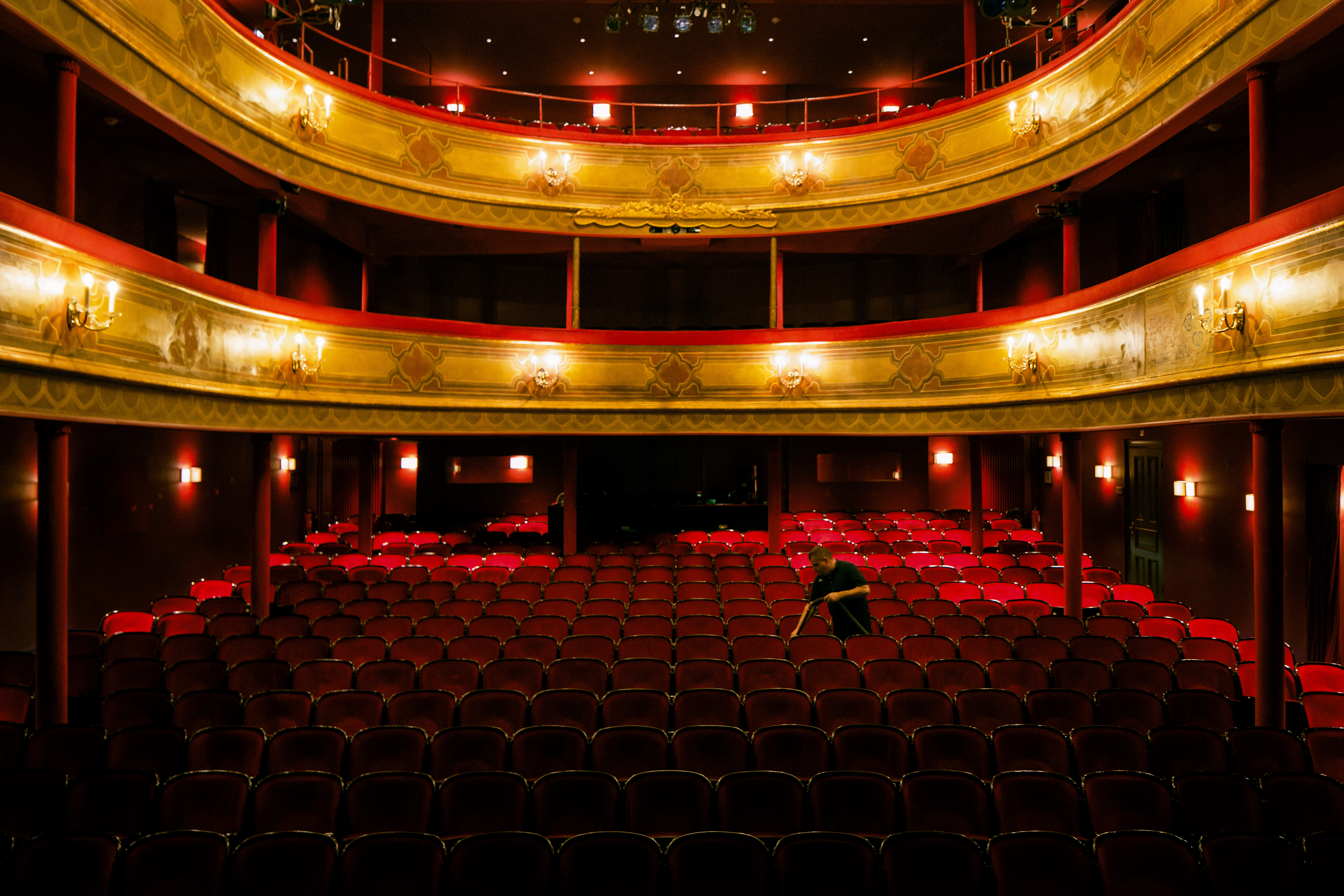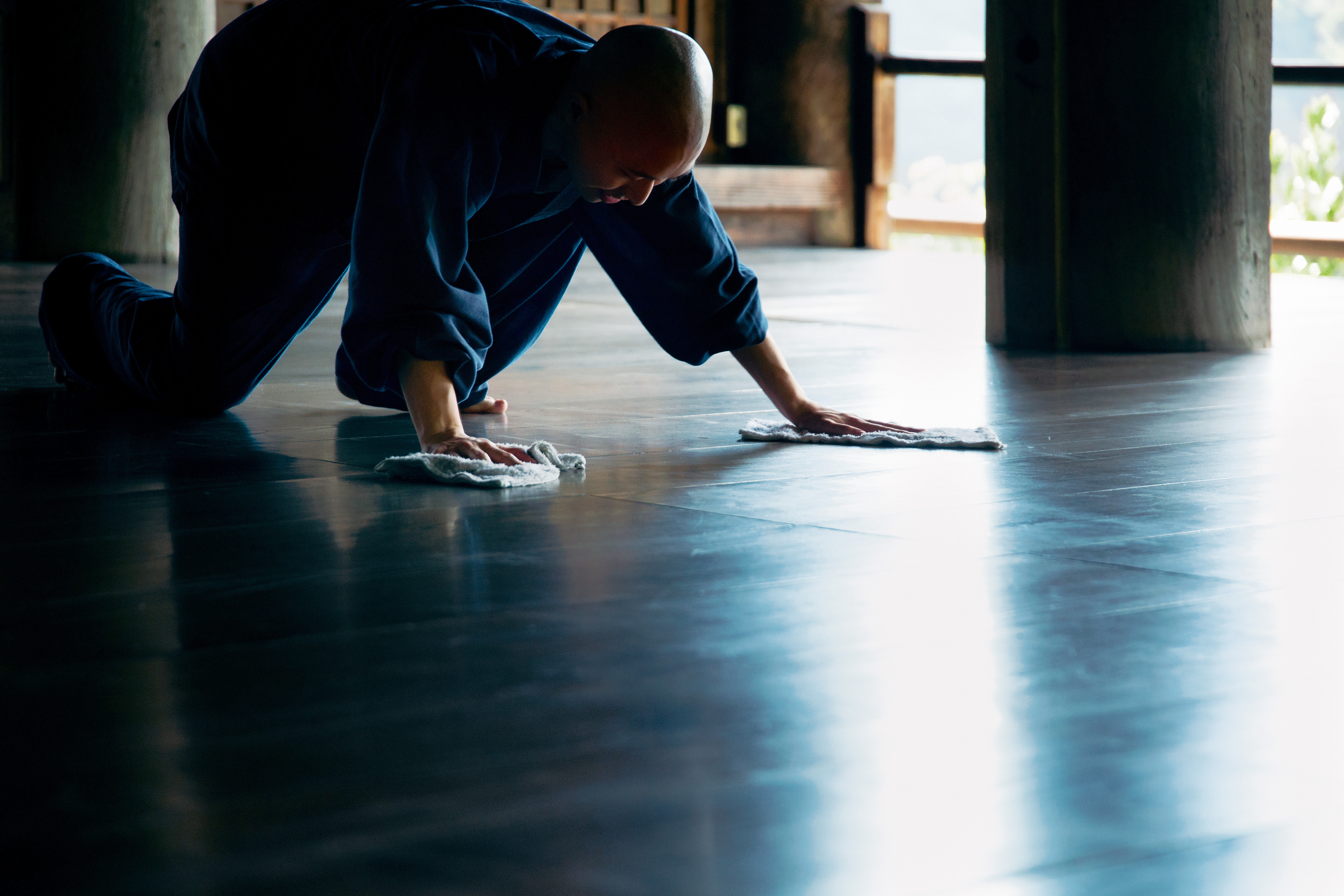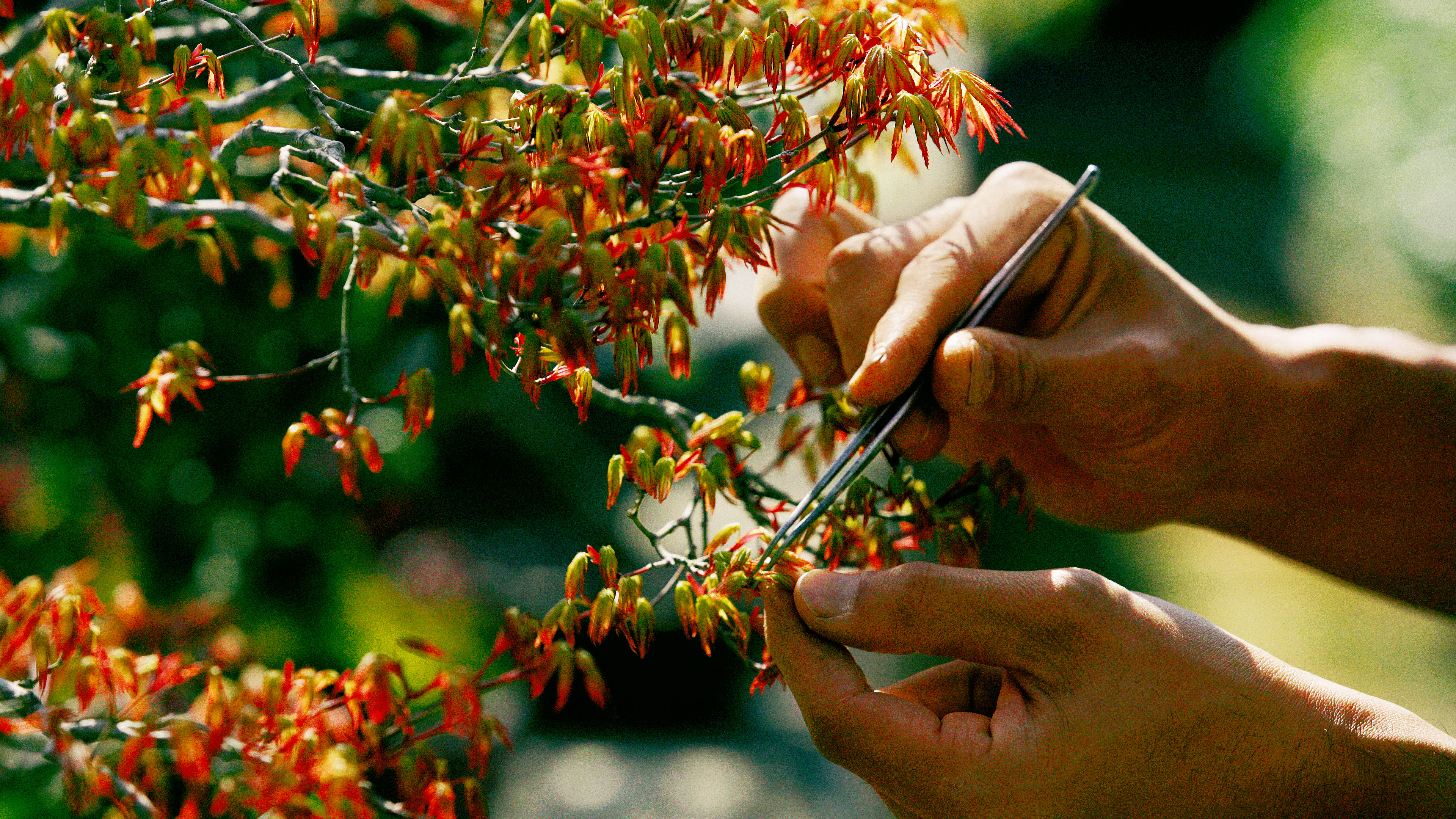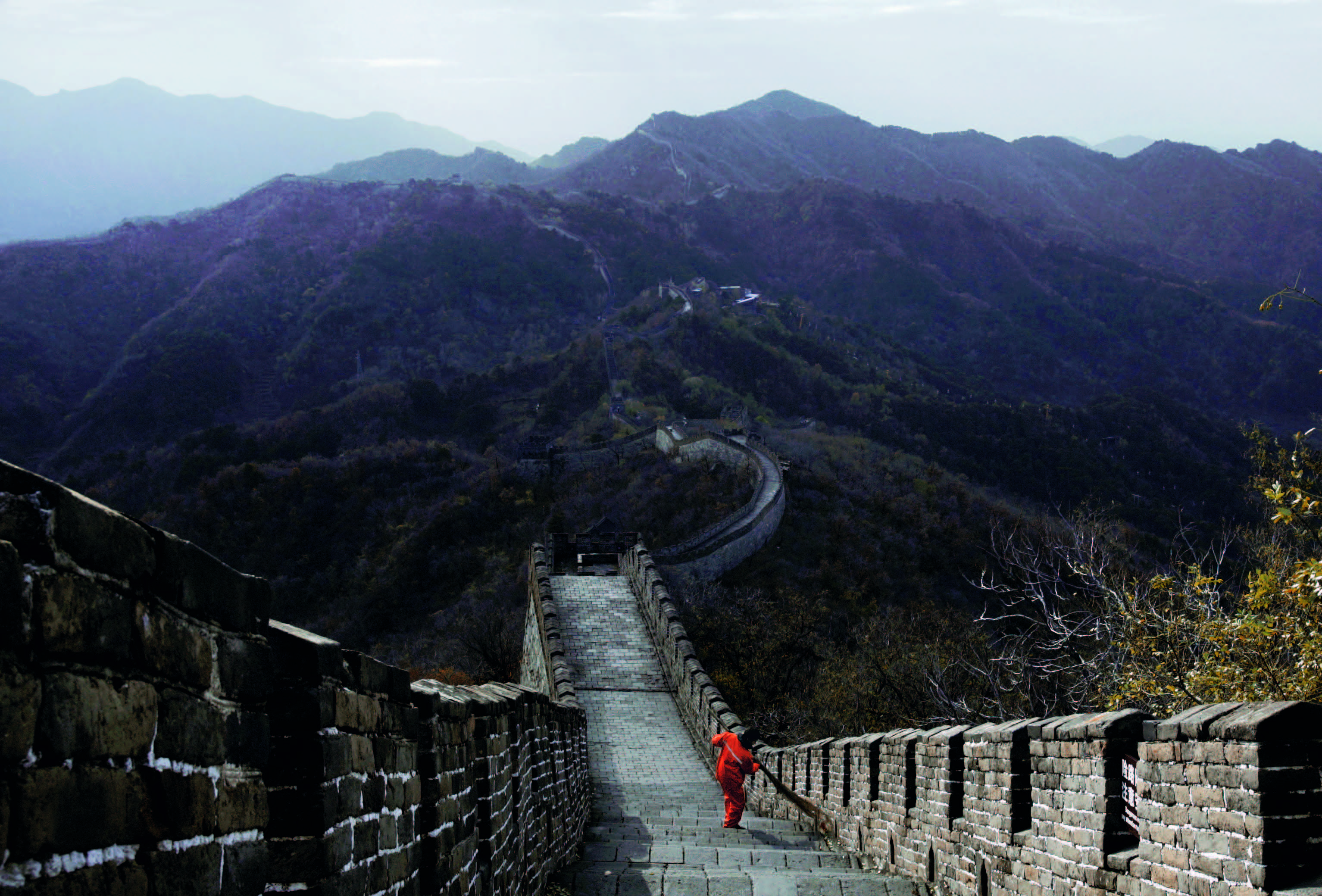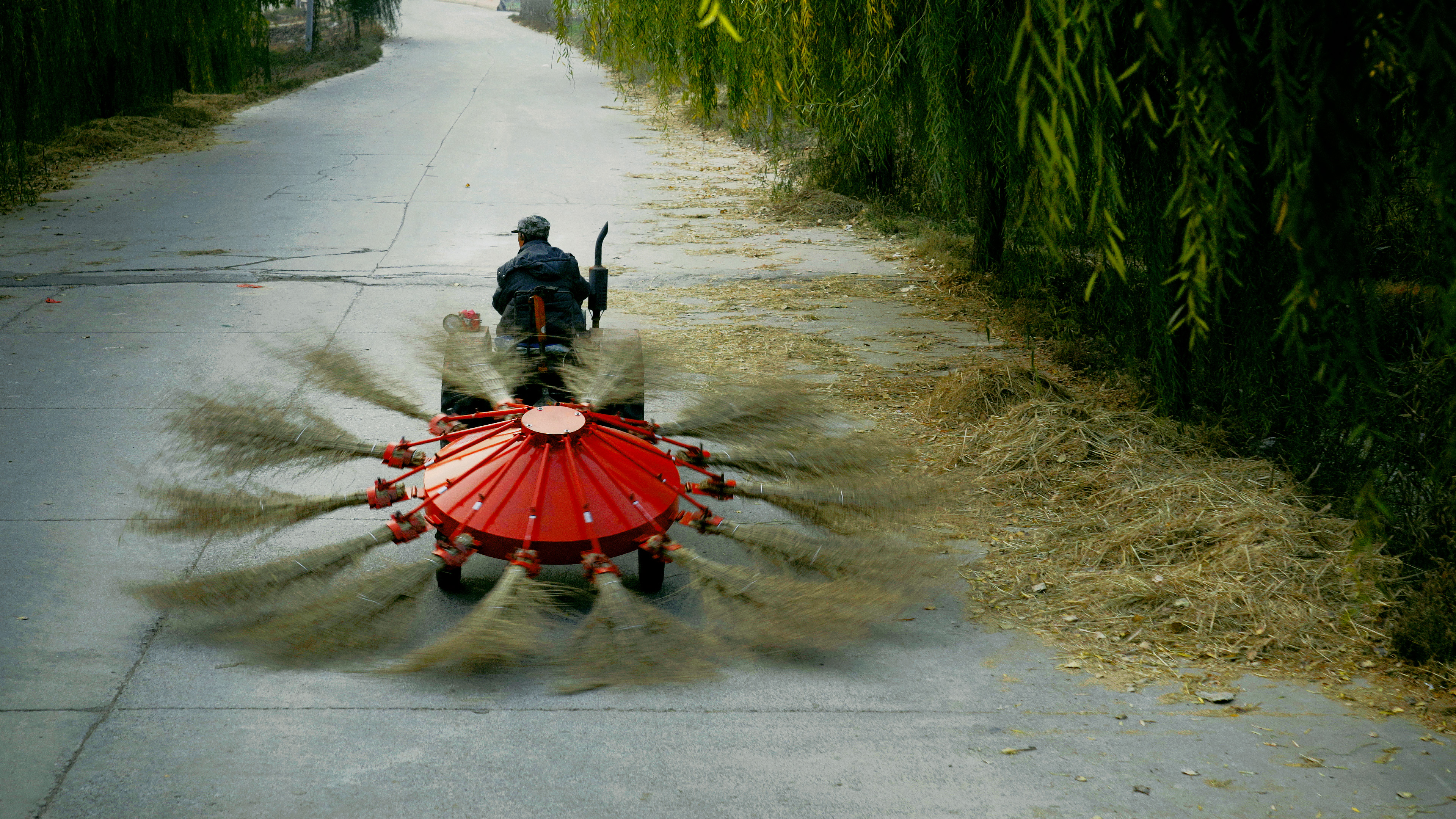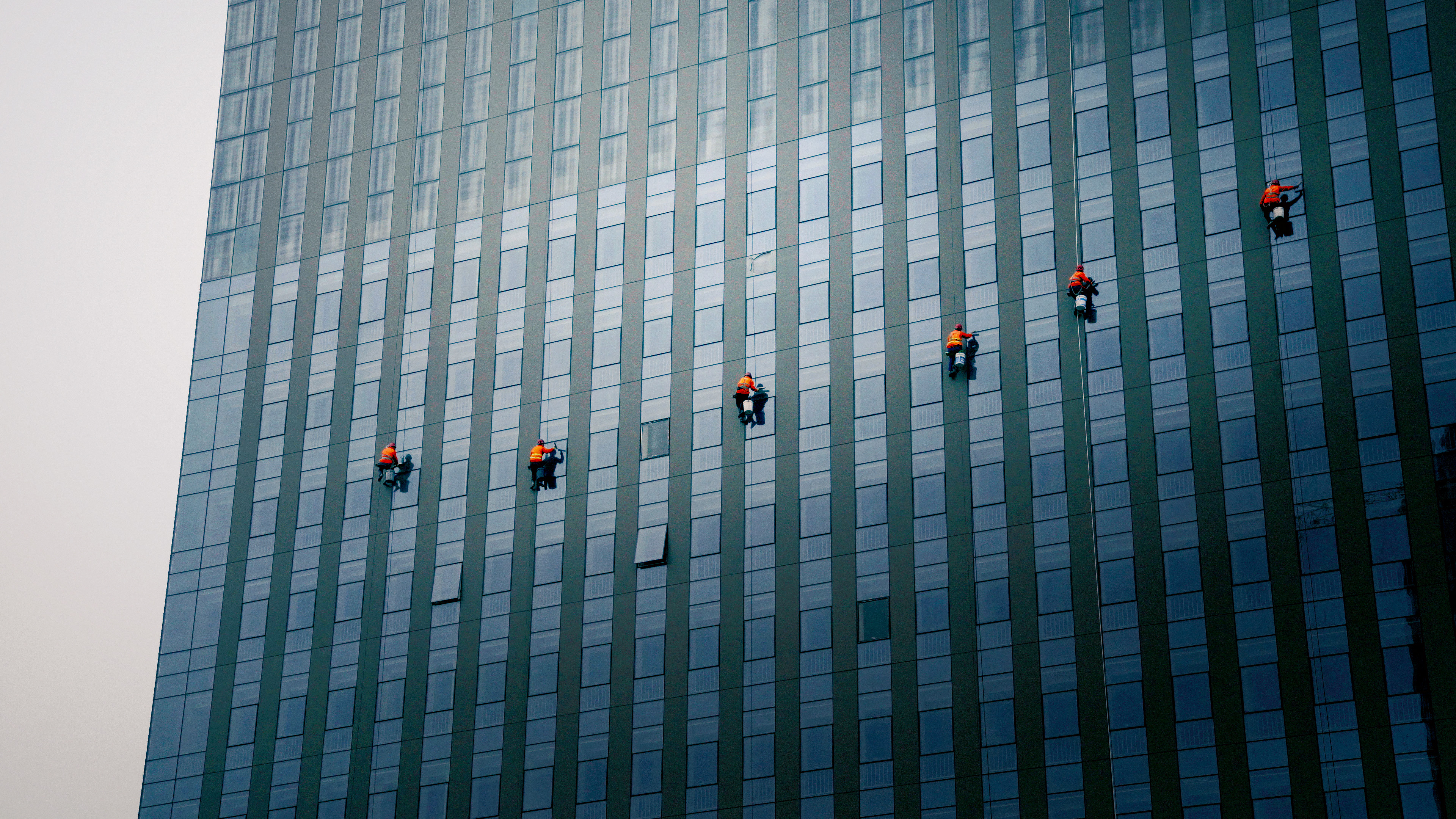
Cleaning is a new book edited by Kenya Hara for Lars Müller Publishers intended as 'a guide to the art of cleaning'. A poetic, photographic overview of cleaning, the compact tome is divided into different tools and actions, from sweeping to scraping, wiping and dusting.
Hara is among Japan's most influential creatives, working across media as a graphic designer and curator (with past projects including Architecture for Dogs). He is also notably the art director of Muji, for which he has created an iconic identity and campaigns that focus on visual simplicity (the Japanese brand also supported the book).
‘Cleaning’ by Kenya Hara, from Lars Müller Publishers
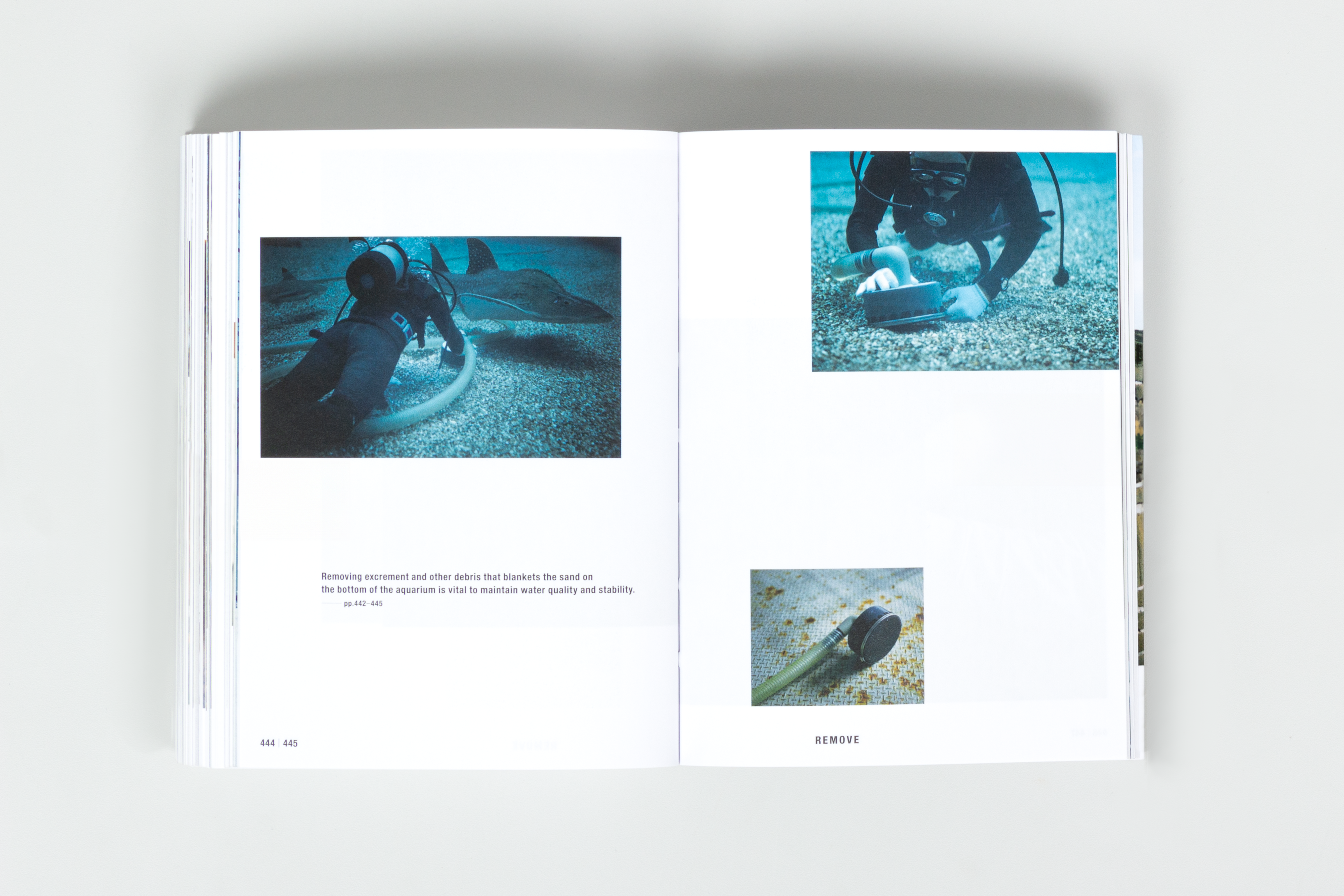
'In 2019, we went around the world photographing scenes in which people were pictured cleaning,' writes Hara in the book's foreword. 'This was before Covid-19 swept the globe. We had been wondering if the very essence of human beings lies dormant in the everyday and ordinary work of cleaning, which transcends culture and civilization.
'When the entire world stopped, these photos and videos made us miss our ordinary routines. No matter how technology advances in the future, people are living things, embracing a rhythm of life that perpetually resonates in the depth of the body. We can move forward heeding this natural internal rhythm.'
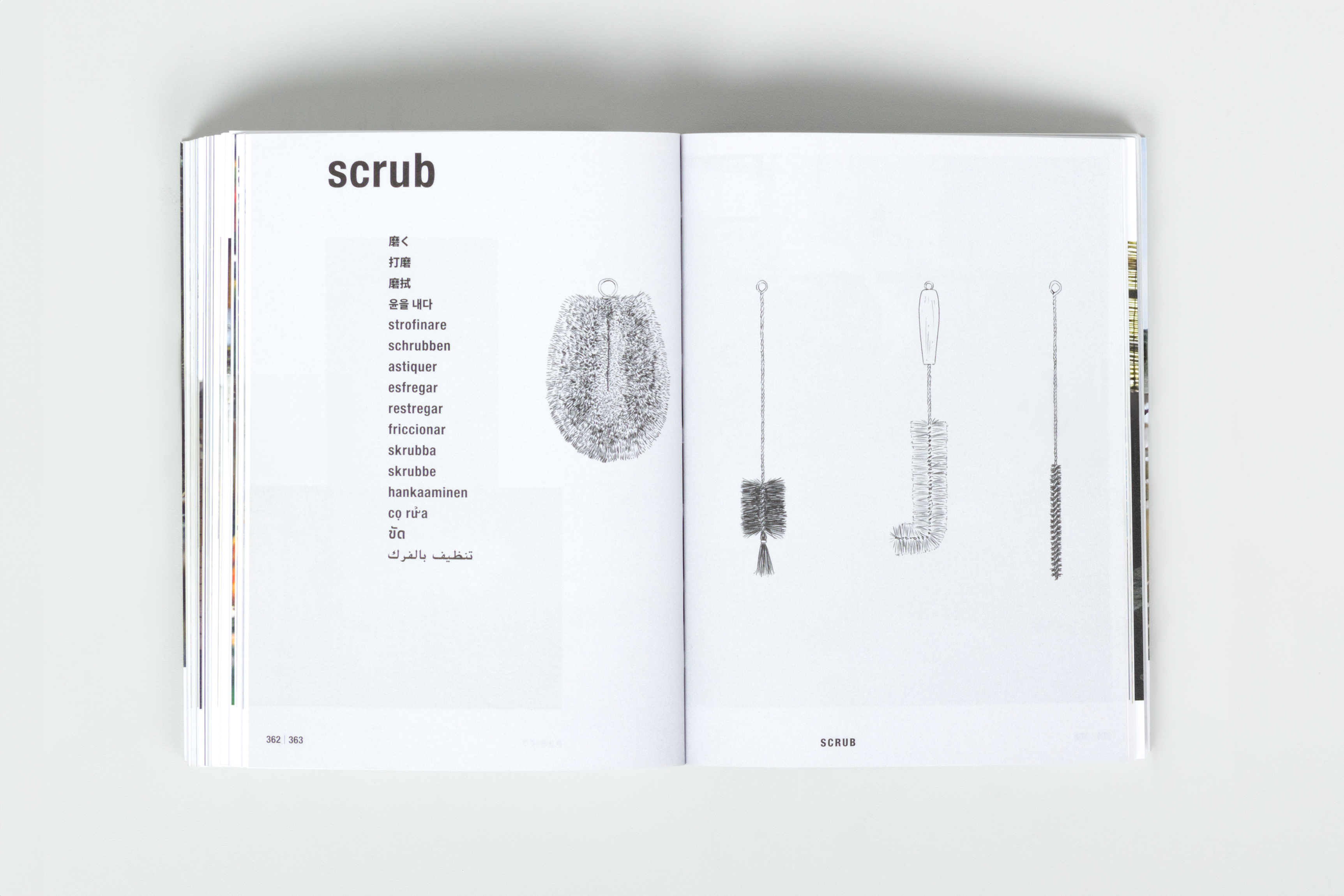
The book is divided into several chapters, each focusing on an action and introduced by an illustration documenting some of the most recurring tools for each job. Across the books' pages, we witness mundane tasks that include wiping dust from books, polishing shoes, sweeping temples, grooming elephants and scraping stickers from street signs.
But there is also a deeper meaning to the act of cleaning, with a section dedicated to the purifying rituals often linked to a diverse range of religions, which span from cleaning parts of one's body before prayer to cleaning more widely as part of a religious practice.
Illustrations are also present in three micro-chapters that offer some insight into practices that include 'Peddling cleaning tools', 'extreme-scale cleaning' and 'tools in continual use', offering a romantic view of an overused pan scourer or broom.

The beauty of the book lies in the fact that no tool is too banal, no action too mundane to be included with the same poetic approach. From a robot vacuum in action in a pristine apartment to the sweeping of streets, churches and concert halls, the book is both touching celebration and curious compendium of everyday life. The pages contain minimal text, often to make sense of some of the more obscure or curious practices, replicated in 16 languages, from Japanese and Arabic to Italian and Portuguese.
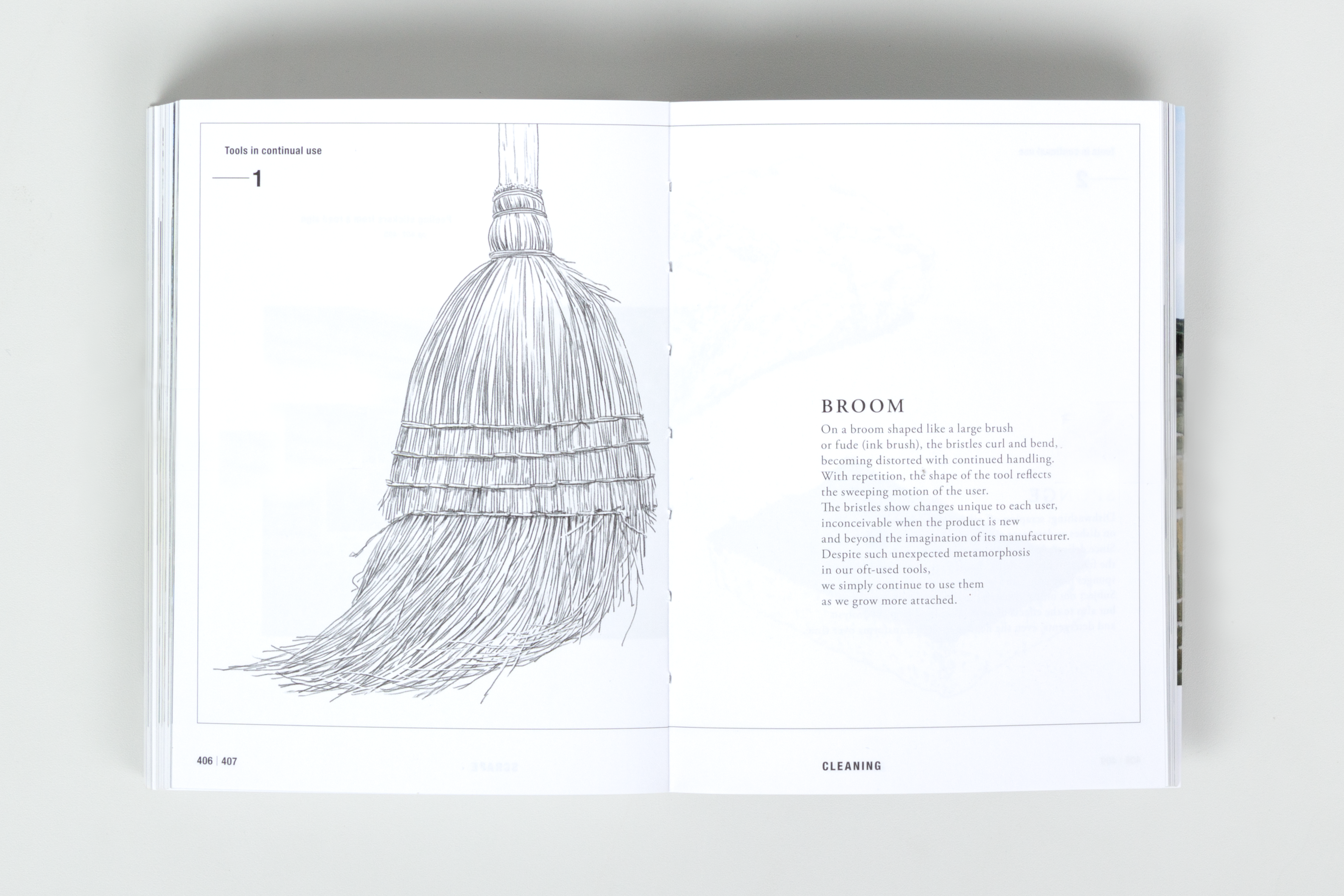
'We call environments that people have created in response to nature "man-made". That which is man-made should be comfortable, but when materials that encroach upon or erode nature, like plastic and concrete, become widespread, people begin to yearn for nature,' reads an essay concluding the book.
'And yet, when nature is left to its own devices, dust and fallen leaves pile up, and plants thrive wildly. As a result, historically, human beings have lived by accepting nature to a certain extent and also keeping it moderately in check. And so, in creating a residence or a garden, it's uncouth and tasteless to allow the man-made to predominate. We must allow nature a moderate reign, neither over-sweeping the fallen leaves nor over-pruning the greenery. Just as at the water's edge, where the breaking waves cleanse the sandy beach, the ultimate secret of cleaning may be found where human agency and nature struggle against one another, in our pursuit of "moderate comfort".'
'Cleaning' is available from Amazon



